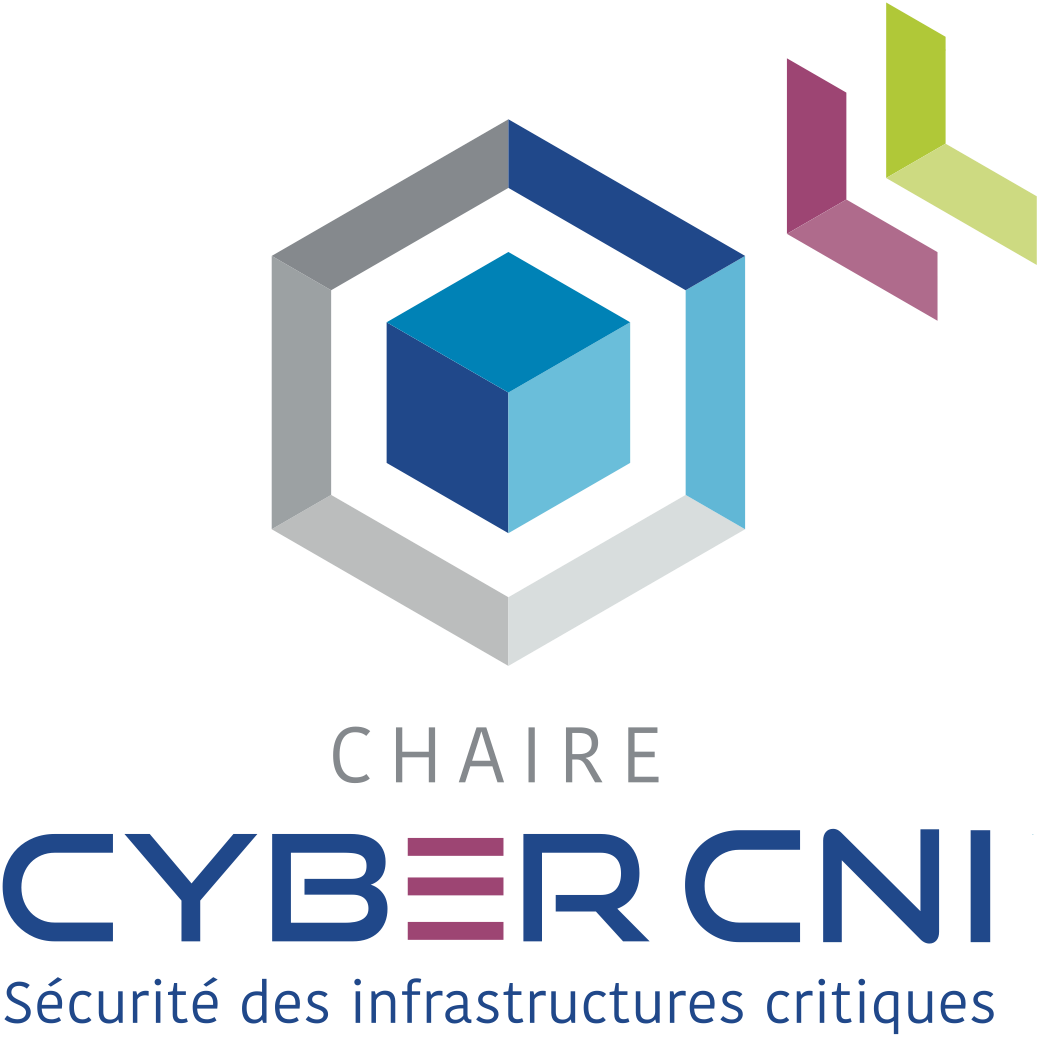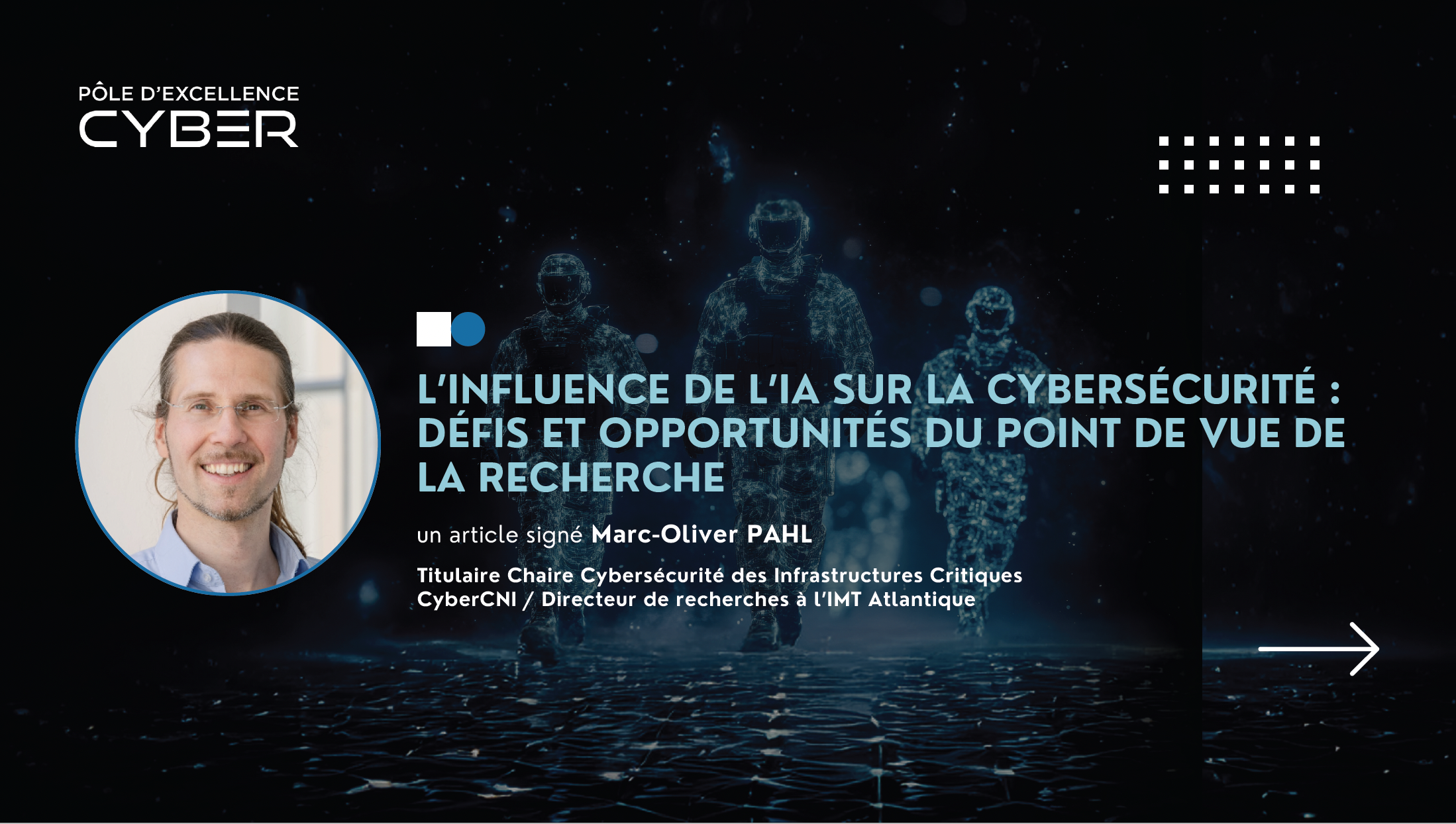La cybersécurité concerne chacun d’entre nous – toujours et partout
On June 10, 2021, I was invited at the signage event of the German-French Academy for the industry of the future regarding the signing of the partnership with Airbus and ArianeGroup. The event took place at the Ministry of Economy and relance of and with Bruno Le Maire.
I was giving a speech on the need for cybersecurity and strong investments in cybersecurity as basis for our modern society.
Find the speech in French and English below. The video is in French.
English version (French below!)
Minister Le Maire, Prime Minister Söder, Ladies and Gentlemen
Let me begin with an episode:
A special morning
This morning I turned on the coffee machine but it made a strange noise.
I drank some tap water… but it tasted disgusting.
Soon after, I felt a strong stomach ache.
I called the hospital but nobody answered.
I left the house to go to the hospital.
The street was a mess.
The red lights were changing colors randomly.
When I got to the hospital, the automatic doors were manually blocked.
It was very hot inside.
What happened?
An automated cyber attack hit an embedded system found in many systems.
It stopped their operation.
My story is fiction, but recent ransomware attacks on hospitals in France or the oil pipeline in the US show that this scenario is very realistic and real.
Our society depends on technology
To prevent incidents like the one I mentioned at the beginning, we need cybersecurity research, practice and awareness.
At my industrial research chair “Critical Infrastructure Cybersecurity” with our industrial partners, including Airbus, Amossys, BNP Paribas, EDF, Nokia Bell Labs, and SNCF, we are working on methodologies, algorithms, pilots and tools to advance cybersecurity in five areas:
- Prevent, which consists of preventing security incidents by implementing what we call security-by-design.
- Detect: Continuous monitoring and data analysis with dynamic methods such as machine learning.
- Human-in-the-loop, allowing humans to interact with the complexity of cybersecurity in an informed and natural way. We are working on new interfaces including immersive 3D virtual and mixed reality.
This allows humans to literally explore cybersecurity data. - Mitigation, to defend against attacks automatically including those that are dynamic or new.
- Education: cybersecurity is a holistic endeavor – concerning every citizen.
Within the framework of the GFA we encourage dialogue between cybersecurity experts from all relevant fields, including industry, research and education and of course politics with:- a monthly live discussion event, talk.cybercni.fr, on youtube and linkedIN.
- a yearly future-iot.org summer school
- online MOOC courses
- our teaching of our future elite engineers at IMT.
Cybersecurity research requires the consideration of many points of view. The Franco-German collaboration is a great help in this. The different backgrounds of researchers on both sides of the Rhine, including the political, legal, and cultural context, contribute greatly to the examination of diverse perspectives.
The GFA’s partners are extraordinary and make for excellent collaboration. Without the great setting provided by the academy, my exchanges with German scholars would definitely be fewer. Working in the academy has become my reality. I do not want to miss it and I would miss it very much.
Let me conclude by congratulating you and the French government for significantly increasing investment in cyber security. From my short speech, I hope I have been able to convey the message that I consider it imperative that cybersecurity be among the top priorities for research and development – in France, in Germany, in Europe, and in the world.
With all the technological advances we use and become accustomed to, the monetary and societal costs of successful attacks increase every day. An increase in investment in cybersecurity definitely pays off.
Finally, I cordially invite you to the Cyber CNI Chair if you are passing through the cybersecurity capital of the Brittany region, Rennes, next time. We have many interesting cybersecurity experiments, including industry of the future platforms, 3D immersive interface pilots and much more.
I hope to see many of you in one of the future talk.cybercni.fr online editions.
Thank you
Version française
Monsieur le Ministre Le Maire, Monsieur le Premier Ministre Söder, Mesdames et Messieurs,
Permettez-moi de commencer par un épisode :
Une matinée particulière
Ce matin, j’ai mis en marche la machine à café mais elle n’a fait qu’un bruit étrange.
J’ai bu de l’eau du robinet… mais le goût était dégoûtant.
Peu de temps après, j’ai ressenti un fort mal de ventre.
J’ai appelé l’hôpital mais personne n’a répondu.
J’ai quitté la maison pour me rendre à l’hôpital.
La rue était en désordre.
Les feux rouges changeaient leurs couleurs au hasard.
En arrivant à l’hôpital, les portes automatiques étaient bloquées manuellement.
Il faisait très chaud à l’intérieur.
Qu’est-ce qui s’est passé ?
Une cyberattaque automatisée a frappé un système embarqué que l’on trouve dans de nombreux systèmes.
Cela a stoppé leur fonctionnement.
Mon histoire est fiction mais les récentes attaques par ransomware contre des hôpitaux en France ou l’oléoduc aux États-Unis montrent que ce scénario est très réaliste et réel.
Notre société dépend de la technologie.
Pour prévenir des incidents comme celui dont j’ai parlé au début, nous avons besoin de recherche, de pratique et de sensibilisation en matière de cybersécurité.
Dans ma chaire “cybersécurité des infrastructures critiques” avec nos partenaires industriels, notamment Airbus, Amossys, BNP Paribas, EDF, Nokia Bell Labs, et SNCF, nous travaillons sur des méthodologies, des algorithmes, des pilotes et des outils pour faire progresser la cybersécurité dans cinq axes :
- Prévenir, qui consiste à prévenir les incidents de sécurité en mettant en œuvre ce que l’on appelle la sécurité par la conception.
- Détecter : La surveillance continue et l’analyse des données avec des méthodes dynamiques telles que l’apprentissage machine.
- L’humain dans la boucle permettant aux humains d’interagir de manière informée et naturelle avec la complexité de la cybersécurité. Nous travaillons sur de nouvelles interfaces incluant l’immersive 3D réalité virtuel et mixte.
Cela permet aux humains d’explorer littéralement les données de cybersécurité. - Atténuation pour défendre des attaques automatiquement incluant ceux qui sont dynamiques ou nouvelles.
- Éducation : la cybersécurité est une entreprise holistique – concernant chaque citoyen.
Dans le cadre de la GFA nous encourageons le dialogue entre des experts en cybersécurité toutes les domaines concernés, incluant l’industrie, la recherche et l’enseignement et naturellement la politique avec:- un événement mensuel de discussion en direct, talk.cybercni.fr, sur youtube et linkedIN.
- chaque année une école d’été future-iot.org
- des cours MOOC en ligne
- notre enseignement de notre future élite d’ingénieurs à l’IMT.
La recherche sur la cybersécurité nécessite de prendre en compte de nombreux points de vue. La collaboration franco-allemande y est d’une grande aide. Les différents contextes dans lesquels évoluent les chercheurs de part et d’autre du Rhin, y compris le contexte politique, juridique et culturel, contribuent grandement à l’examen de diverses perspectives.
Les partenaires de la GFA sont extraordinaires et permettent une excellente collaboration. Sans le cadre formidable qu’offre l’académie, mes échanges avec des chercheurs allemands seraient définitivement moins nombreux. Le travail dans le cadre de l’académie est devenu ma réalité. Je ne veux pas la manquer et elle me manquerait beaucoup.
Permettez-moi de conclure en vous félicitant, ainsi que le gouvernement français, pour avoir augmenté l’investissement de manière significative dans la cybersécurité. De ma courte intervention, j’espère avoir pu faire passer le message que je considère comme impératif que la cybersécurité figure parmi les premières priorités de la recherche et du développement – en France, en Allemagne, en Europe et dans le monde.
Avec toutes les avancées technologiques que nous utilisons et auxquelles nous nous habituons, les coûts monétaires et sociétaux des attaques réussies augmentent chaque jour. Une augmentation de l’investissement dans la cybersécurité est définitivement payant.
Enfin, je vous invite cordialement à la chaire Cyber CNI si vous traversez la capitale de la cybersécurité-région Bretagne, Rennes, la prochaine fois. Nous avons beaucoup d’expériences de cybersécurité intéressantes, incluant des plateformes industrie du futur, des pilotes d’interface immersive 3D et beaucoup plus.
J’espère vous voir nombreux dans l’une des futures editions talk.cybercni.fr en ligne.
Merci









